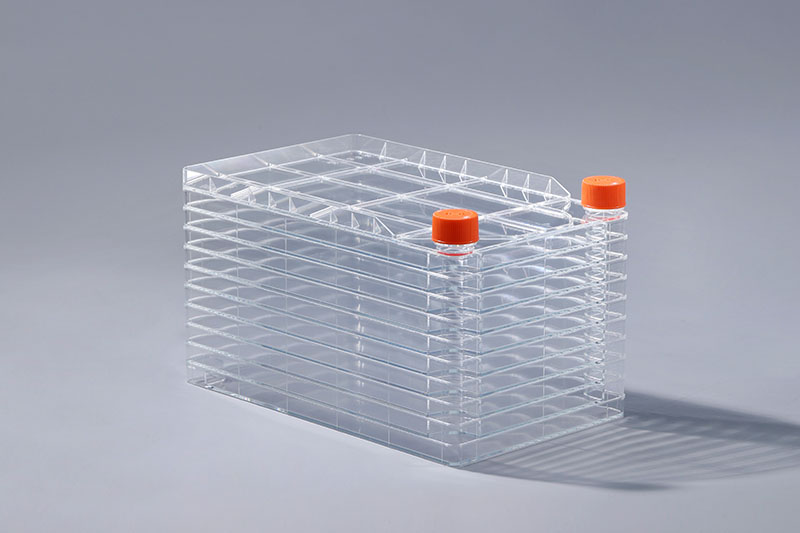The basic conditions for culturing cells in cell factories - sterile environment
As a cell culture consumable, cell factory has become the main consumable for large-scale cell culture such as pharmaceutical companies and vaccine production. Cell culture requires specific conditions, of which a sterile environment is the primary condition for in vitro cell culture.
In vivo, the detoxification system and immune system can resist the invasion of microorganisms or other harmful substances, but in the process of in vitro culture, cells lack the protection of the body's immune system and lose the ability to defend against microorganisms and detoxify harmful substances. To ensure that cells can grow and reproduce in an in vitro environment, it is necessary to ensure a sterile work area, good personal hygiene, sterile reagents and media, and aseptic handling. Including the cell factories used are all produced in C-level clean workshops, and they must be sterilized after production to ensure that the consumables themselves have no factors that hinder the growth of cells.
Common microbial contaminations include mycoplasma, bacteria, and fungi. Mycoplasma has no lethal toxicity, can coexist with cells for a long time, and has potential effects on cells, but it is small in size and difficult to identify. It can be detected by means of lichen red or Hoechst33342 staining. Bacteria proliferate quickly, can multiply in a large amount in a short time, and produce toxins to kill cells. There are many kinds of fungi, which are visible to the naked eye, floating on the surface of the culture medium, and can be filamentous, tubular or dendritic.
With the rapid development of the field of life sciences, the market demand for cell factories is also increasing. No matter which cell culture consumables are used, a sterile environment is the primary condition to ensure cell growth.

评论
发表评论